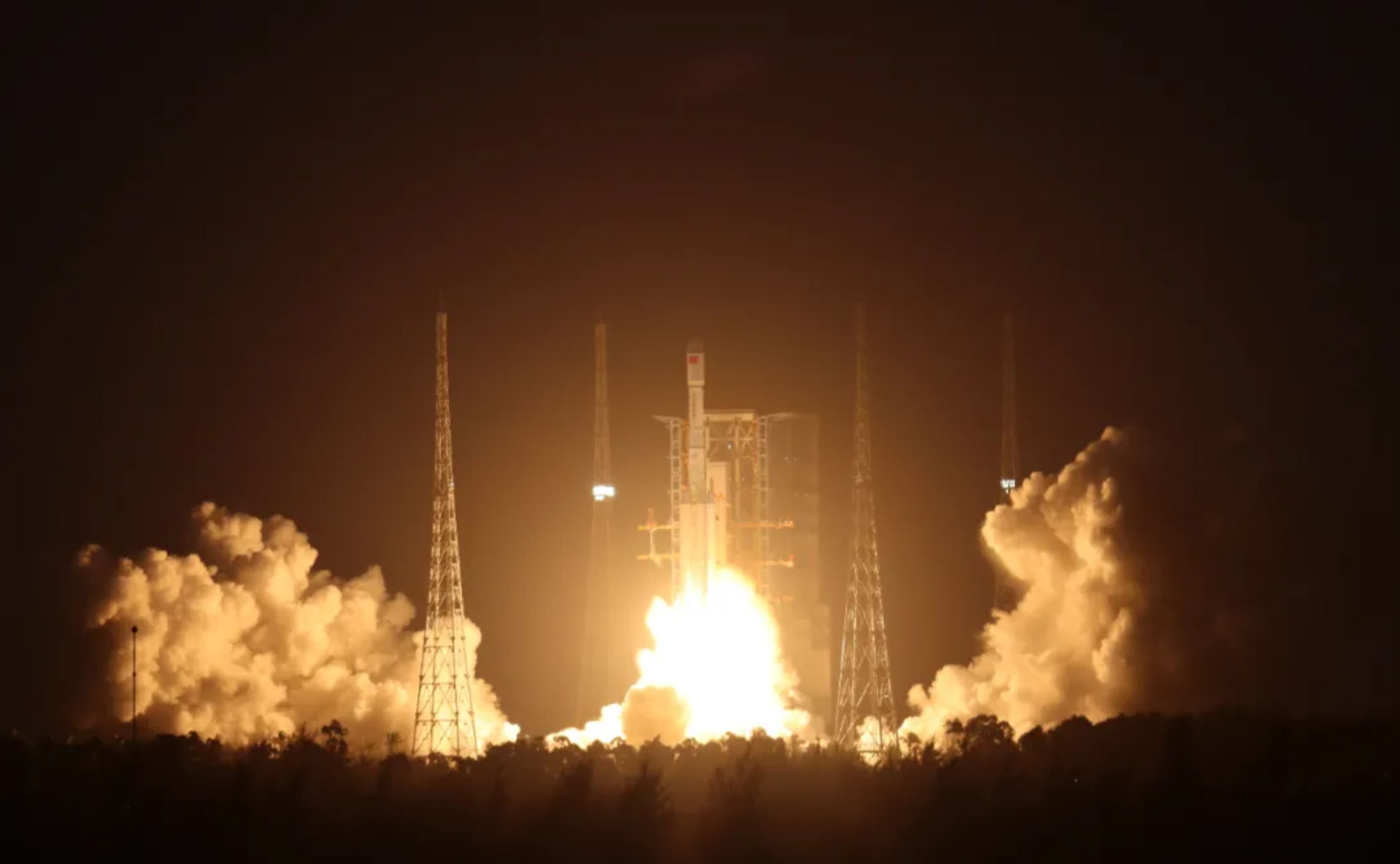HELSINKI — China launched a new-generation Long March 7A rocket Thursday, successfully sending a pair of Shiyan-12 test satellites into geosynchronous transfer orbit.
The Long March 7A lifted off from the coastal Wenchang Satellite Launch Center at 5:12 a.m. Eastern, rising into a broken cloudy sky just after local sunset.
The China Aerospace Science and Technology Corp. (CASC), the country’s main space contractor, confirmed launch success just 40 minutes later, revealing the previously unknown passengers to be Shiyan-12 (01) and (02) satellites.
The Shiyan-12 satellites are stated to be for space environment studies and related technical tests and were developed by the China Academy of Space Technology (CAST), a CASC subsidiary. No further details were provided. Shiyan translates to experiment or test.
CASC confirms successful launch of the Long March 7A from Wenchang, carrying the Shiyan-12 (01, 02) (试验十二号卫星01星、02星) satellites [CASC] https://t.co/4A0pf96W6E pic.twitter.com/klNLsFr6l3
— Andrew Jones (@AJ_FI) December 23, 2021
At 60.7-meters-long, the Long March 7A for Thursday’s dual satellite launch included an elongated fairing, making it China’s longest rocket to date. The rocket has a diameter of 3.35 meters and has four side boosters. It is capable of delivering up to 7 metric tons of payload to GTO.
The launcher draws on new kerosene engine technologies used by the Long March 5, 6, 7 and 8 series.
The first launch of the Long March 7A failed in March 2020, with the second launching successfully in March this year. The failure occurred following a loss of pressure after first stage separation, leading to engine malfunction.
The standard Long March 7 is used to launch cargo spacecraft to China’s space station. The 7A includes an additional hydrolox stage modified from the older Long March 3B series, China’s current workhorse rocket for missions to GTO.
The Long March 7A is more capable than the Long March 3B, which can launch 5.5 tons to GTO. By launching from the coast, it also avoids the falling debris hazards of the inland 3B launches, as well as the costs of precautions such as evacuations and clean up.
CASC plans to increase cadence to perform 3-5 Long March 7A launches a year by 2025. The launcher can also be used for lunar and deep space missions, the China Academy of Launch Vehicle Technology (CALT) stated.
Thursday’s mission was China’s 52nd orbital launch of the year. China’s previous national record for launches in a calendar year was 39 launches, achieved in 2018 and 2020.
CASC conducted the vast majority of the launches. Sister state-owned enterprise CASIC carried out four Kuaizhou-1A light-lift solid rocket launches with one failure, with private firms iSpace (two failures) and Galactic Energy (one successful Ceres-1 launch) also participating.
More Long March rocket launches from Jiuquan, Taiyuan, Xichang and a sea platform based at the new Eastern spaceport in Haiyang are still possible before the end of 2021.
